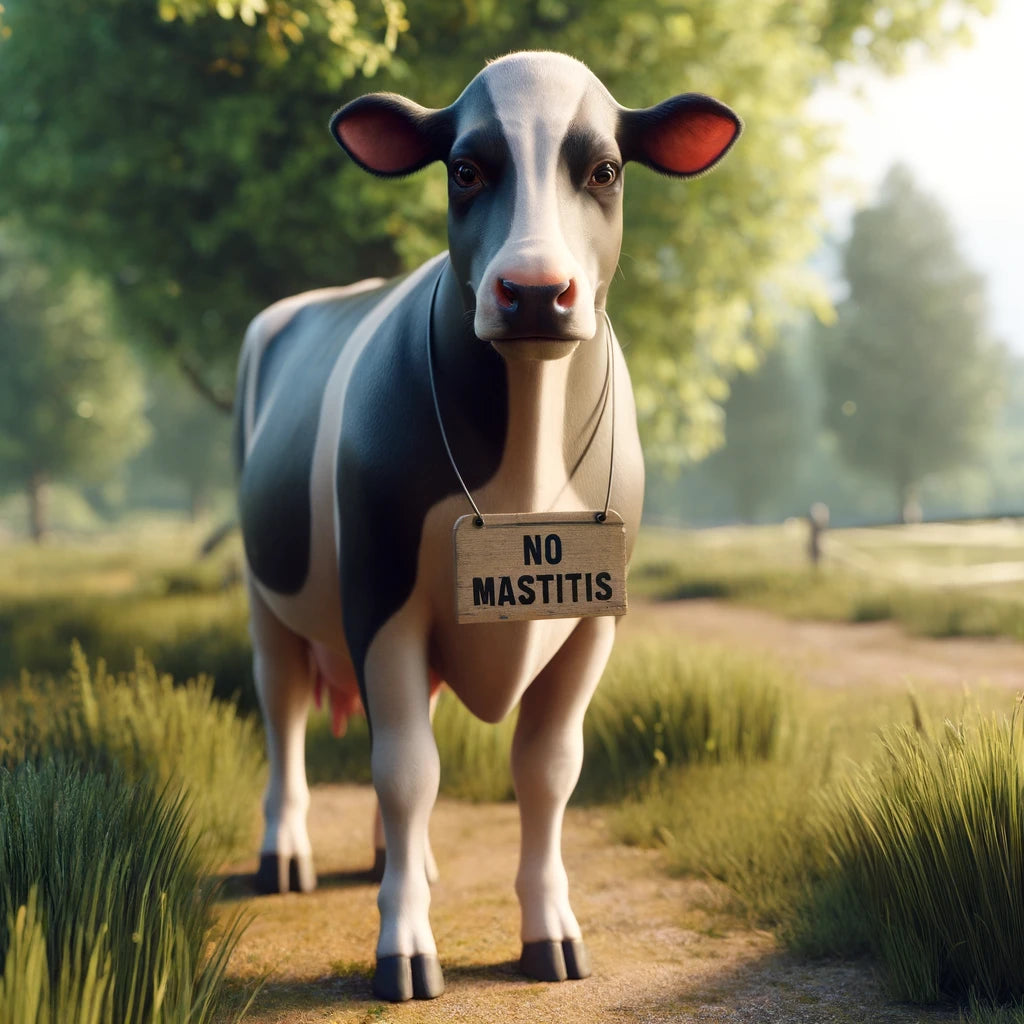The cost of mastitis to a farmer can vary widely depending on several factors, such as:
- The type of mastitis: Clinical mastitis, where the udder is visibly inflamed and the milk is abnormal, is more expensive than subclinical mastitis, where there are no visible symptoms but the milk is still contaminated.
- The severity of the infection: Severe infections require more treatment and may lead to a greater decline in milk production.
- The affected cow: Cows that produce more milk often have a higher value and the impact of mastitis on their production is therefore greater.
- The treatment costs: This includes the cost of antibiotics, anti-inflammatory medications, and any other treatments needed.
- The cost of lost milk: Cows with mastitis produce less milk, which costs money.
- The costs of early removal: In severe cases, a cow with mastitis may have to be culled prematurely, resulting in the loss of her value as a breeding or slaughter animal.
Research from Uppsala University, Wageningen UR and DeLaval
A recent study by Uppsala University (Sweden), Wageningen UR and milking robot manufacturer DeLaval has calculated that the average cost of mastitis on a dairy farm with a Milking robot, € 230 per case amounts. This amount includes the costs of both clinical and subclinical mastitis.
The main cost items:
- Additional mastitis cases due to transmission: Cows with mastitis can transmit the infection to other cows during milking, which can lead to additional treatment costs and milk loss.
- Early discharge: In severe cases, a cow with mastitis cannot be cured and must be culled. This results in the loss of its value as a breeding animal or slaughter animal.
- Milk production loss: Cows with mastitis produce less milk. This can have a significant impact on the income of a dairy farm, especially at high-quality milk.
Prevention is cheaper than cure:
It is clear that mastitis can be a costly condition for dairy farmers. Good preventive measures, such as a good hygiene protocol in the Milking parlour, regular checking of the udders and timely intervention at the first signs of infection are essential to reduce the risk of mastitis and limit costs.
In addition to direct costs:
In addition to the direct financial costs, mastitis can also have indirect consequences for a dairy farm, such as:
- A worse image: Consumers may be wary of purchasing milk from a farm where many cows have mastitis.
- Animal welfare issues: Cows with mastitis may experience pain and discomfort.
- More work: Treating mastitis takes time and labor.
Conclusion:
Mastitis is a serious problem for dairy farms, with both direct and indirect costs. By taking preventive measures, farmers can reduce the risk of mastitis and limit the impact on their farm.
Look here for all mastitis prevention and treatment articles.
